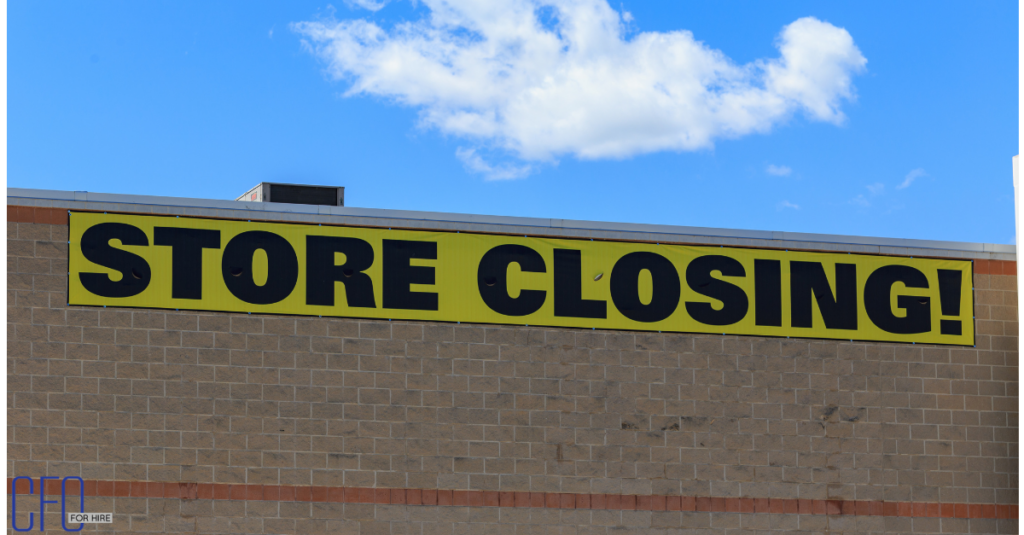
Why Do Some Small Businesses Struggle to Grow?
Small businesses fuel local economies, spark innovation, and create jobs—but many hit a plateau before reaching their full potential. Whether it’s financial strain, strategic missteps, or operational roadblocks, the reasons behind stalled growth tend to follow familiar patterns. Understanding these common obstacles is the first step to pushing past them.
Here are five major hurdles that hold small businesses back—and how to overcome them:
1. Limited Access to Capital
Cash flow is essential for fueling growth. Yet many small businesses struggle to secure the funding needed to expand. Traditional bank loans can be difficult to qualify for, especially without collateral or a lengthy track record. Alternative financing—like SBA loans, crowdfunding, or angel investors—is often overlooked. Without adequate capital, it’s hard to hire staff, invest in marketing, or enter new markets.
2. Lack of Clear Strategy and Planning
A great product or idea alone isn’t enough. Businesses without a well-defined plan often lack direction, making it difficult to measure progress or adapt to change. Strategic planning—complete with clear goals, ideal customer profiles, and KPIs—keeps teams aligned and focused. Without it, growth becomes guesswork.
3. Team Burnout and Talent Gaps
Many small business owners wear too many hats. Over time, this leads to burnout and bottlenecks. Hiring is often delayed due to budget concerns, yet lack of talent limits scalability. Without a plan for delegation and team building, businesses hit a wall.
4. Weak Marketing and Customer Acquisition
A common mistake? Believing great products sell themselves. Without effective marketing and a strategy to reach ideal customers, even strong offerings can go unnoticed. Digital marketing, SEO, social media, and branding are vital—but they require time, money, and expertise.
5. Inefficient Operations and Outdated Systems
As a business grows, small inefficiencies snowball. Manual workflows, outdated tech, or poor inventory management slow everything down. Without scalable systems, businesses can’t keep up with demand—and customers feel it.
Breaking Through Growth Barriers
Growth stalls are common—but not permanent. Here’s how high-performing businesses move forward:
- Invest in scalable tools and systems that streamline operations.
- Build a strong team by hiring, training, and delegating intentionally.
- Explore diverse funding sources to fuel expansion.
- Develop a strategic marketing plan to reach and retain customers.
- Regularly revisit and revise business goals and strategies.
Final Thoughts: Growth Starts with Focus
Every small business faces roadblocks—but the ones that grow are the ones that plan, adapt, and persist. By recognizing and addressing these five core obstacles, small business owners can create a stronger foundation for sustainable growth.
Need help getting unstuck? Let’s talk about what’s holding the business back—and how to get things moving again.
